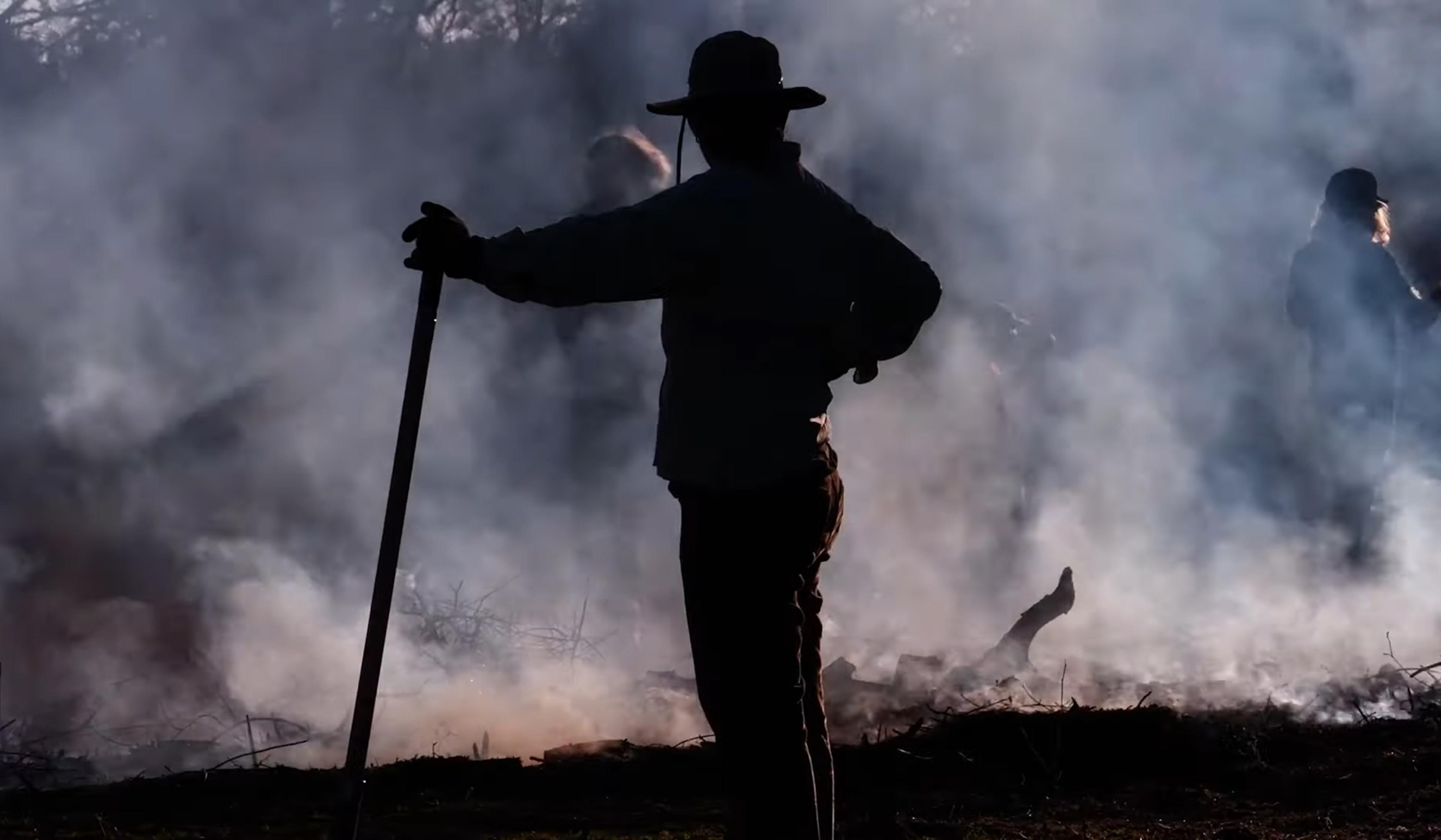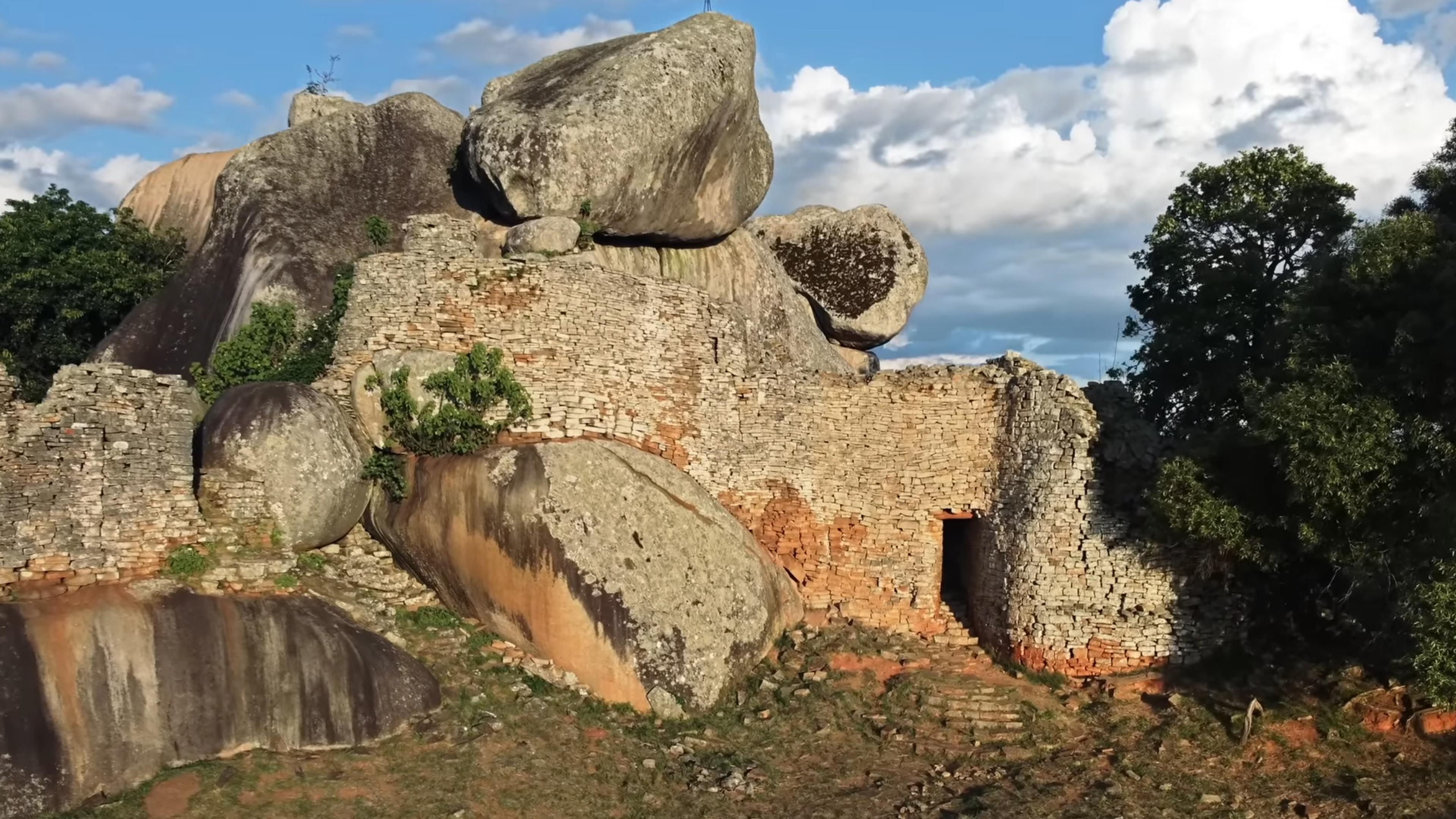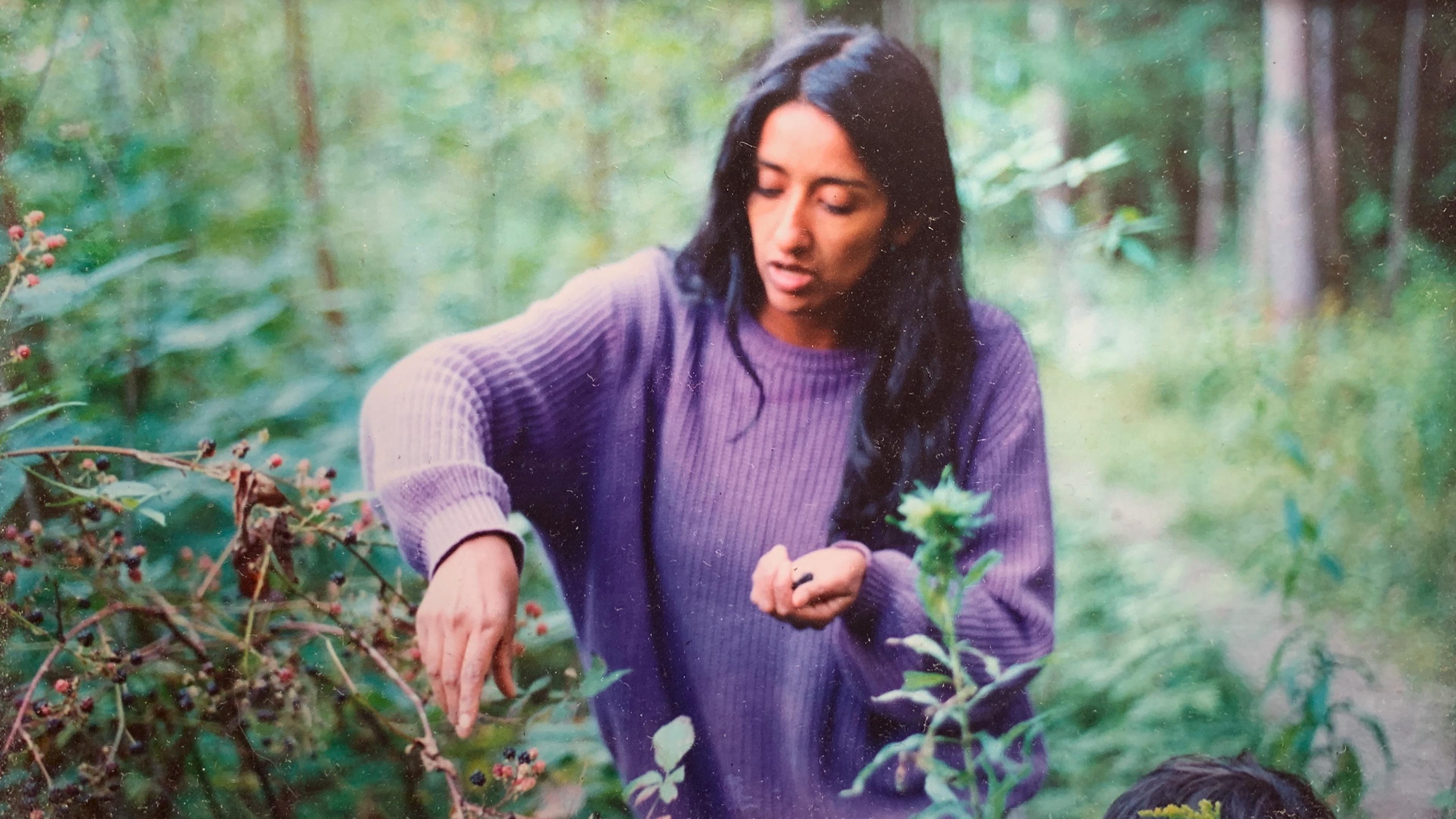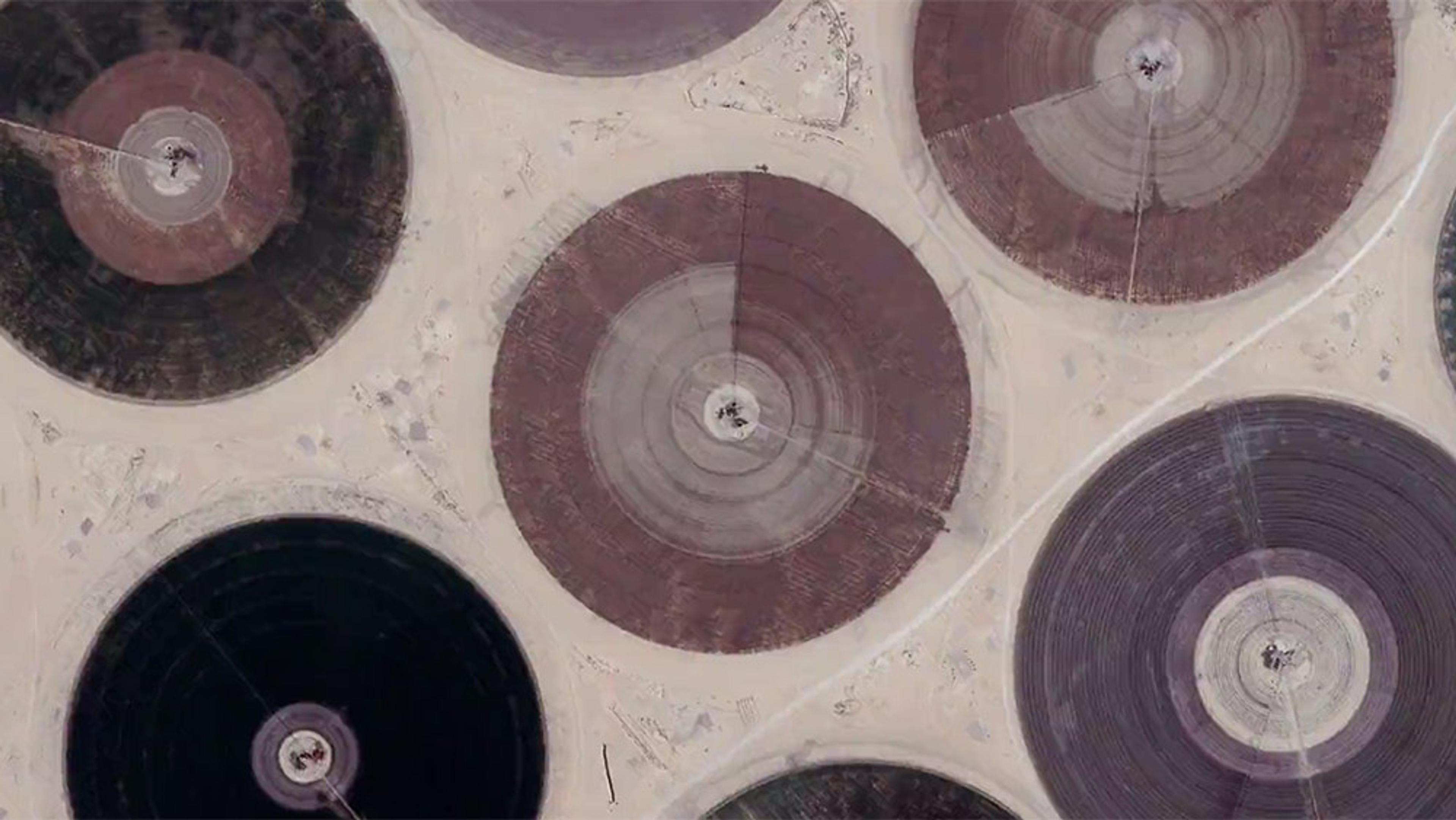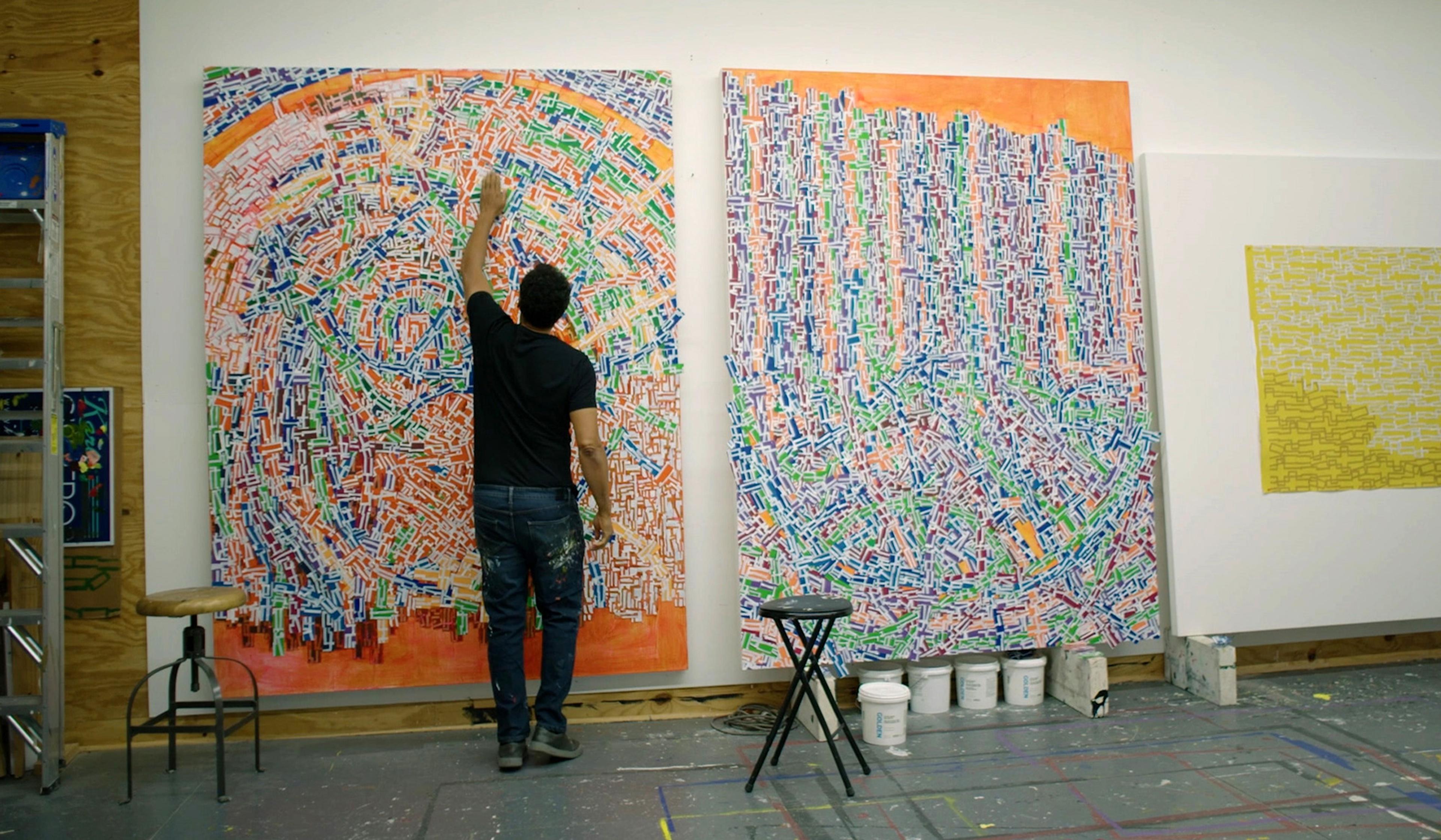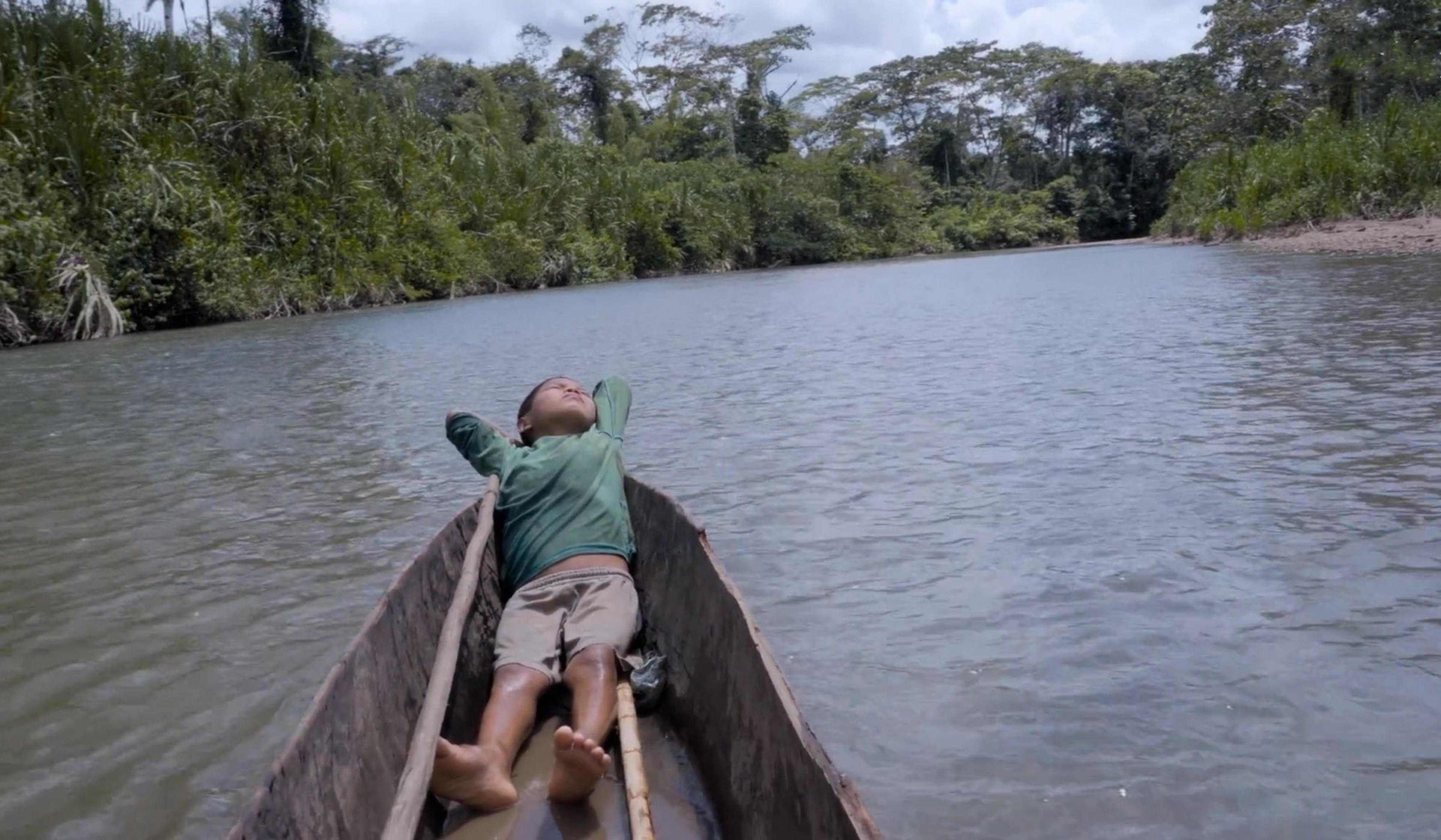‘More lands have been lost to Native peoples probably through mapping than through physical conflict.’
Maps have been used not only to encroach on Native Americans lands, but to diminish their cultures as well. With every Spanish, French or English placename that eclipses a Native one, a European narrative of place and space becomes further entrenched. In an effort to help reclaim his region for his people, Jim Enote, a Zuni farmer and the director of the A:shiwi A:wan Museum and Heritage Center in New Mexico, has organised a unique project intended to help bring indigenous narratives back to the land. Partnering with Zuni artists, Enote is working to create maps that evoke the Zuni’s sense of place, which prioritises storytelling and shared knowledge over plots and boundaries. Enote also hopes the project will spark conversations about Zuni culture and ancestry, creating a renewed sense of continuity of identity in his community. You can read more about the Zuni mapping project at Emergence Magazine.
